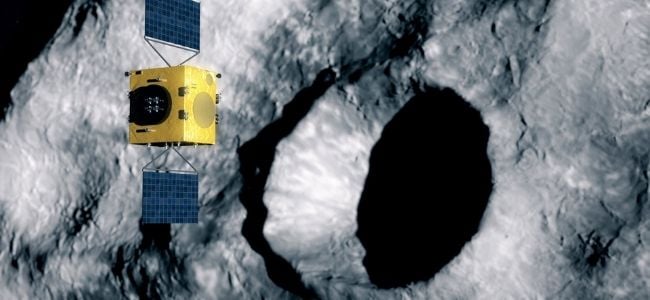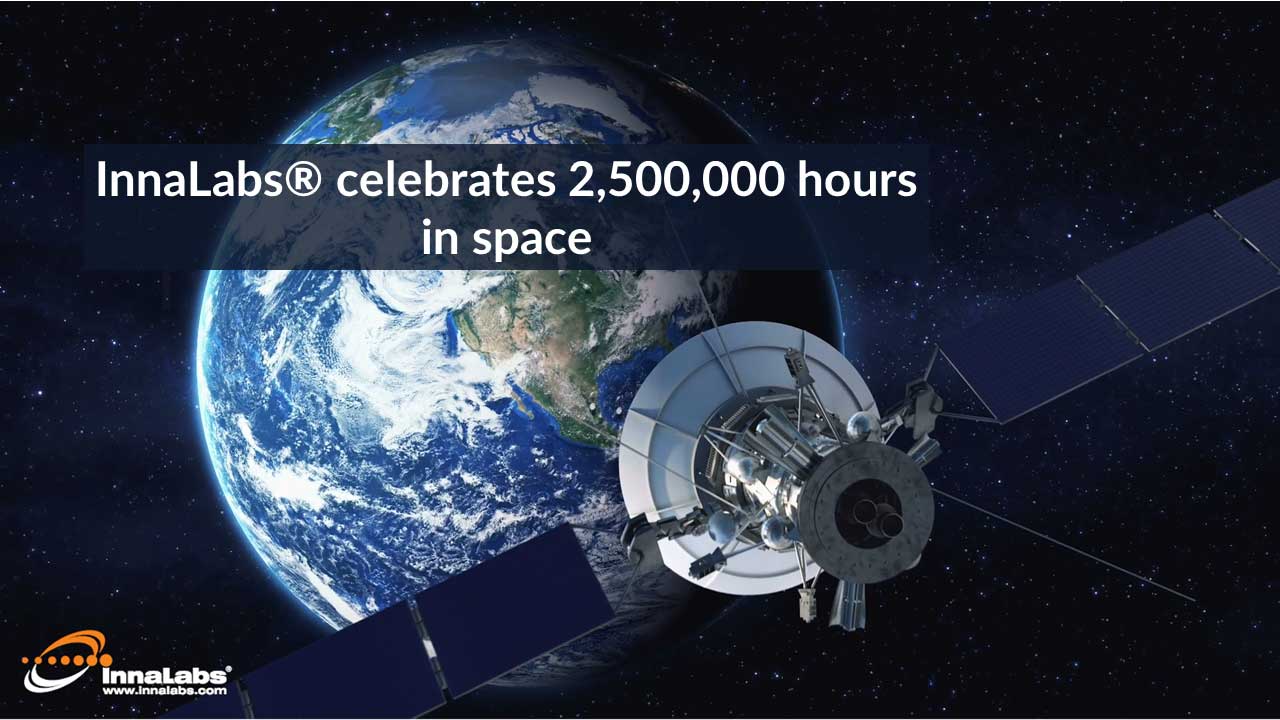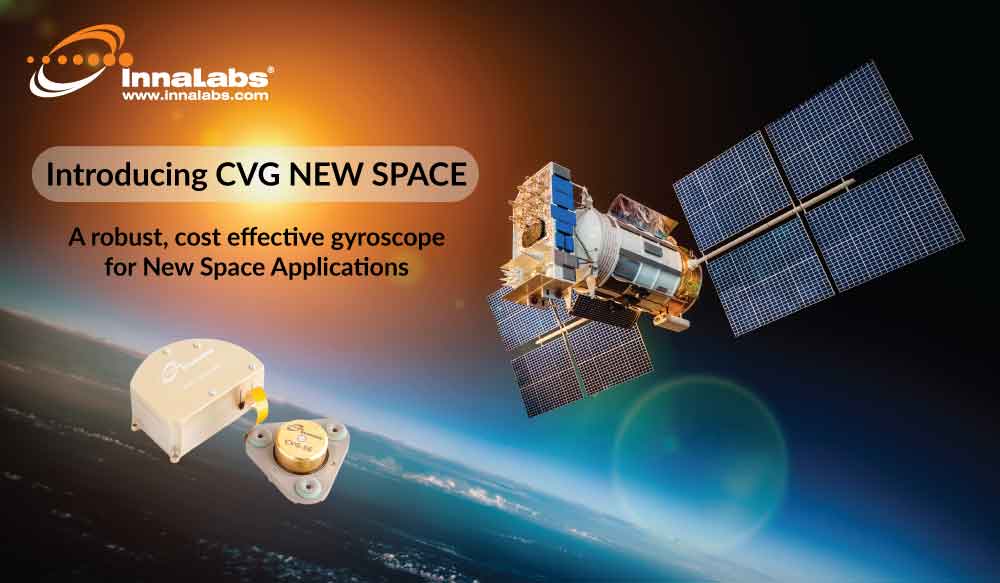On International Asteroid Day we wanted to reflect on what asteroids are, why space-based observation and probe missions are so important, and how InnaLabs is contributing to scientific missions to study asteroids.
We hope that the below article will help you learn more about the topic.

Courtesy of ESA
Asteroids, or minor planes are rocky, airless remnants left over from the early formation of our solar system. According to NASA, the current known asteroid count is 1,113,527.
Most of these asteroids are found in the main asteroid belt between Mars and Jupiter. However, there are several Near-Earth asteroids passing close to Earth and even Earth-crossers, which cross Earth’s orbital path, which can potentially pose an impact risk to our planet. Planetary defence became a crucial area of research especially in the light of incidents like the Tunguska event, where an asteroid levelled about 2150 square kilometres of forest in Siberia in 1908 or more recently the discovery of 2021 QM1, an asteroid with a projected Earth impact path in 2052 which was only removed from ESA’s risk list recently. But as another 1377 asteroids remain on the risk list the question arises: how can we ensure our planet’s safety?
In the age of space travel, the options for scientific exploration of Asteroids expanded. Research was able to move from ground-based observations to space-based observation and probe missions.
The European Space Agency’s (ESA) Hera mission is a collaboration with NASA’s DART mission to test asteroid deflection for planetary defence.
First, DART will be crashed into Dimorphos from the double asteroid Didymos, then Hera will study the result of the impact. The aim is to determine whether the deflection of an asteroid on a collision course with Earth with a spacecraft impact is feasible.
As detailed in the ESA article titled “Ireland helping ESA’s Hera asteroid mission find its way”: InnaLabs ARIETIS-NS gyroscope has been selected for the Hera mission. Our gyro will measure the spacecraft’s spin rate as it tumbles away from its Ariane 6 launcher following its 2024 lift off. When Hera reaches the double-asteroid Didymos system, our gyro will provide pointing information, making our 3-axis gyro unit a crucial mission component to guarantee mission performance.
InnaLabs is already familiar with the harsh launch and orbital conditions, having supplied gyroscopes for commercial satellites accumulating an impressive 2.5M hours in space with no failure or degradation of performance proving the reliability and robustness of our sensors.
Taking part in such an important mission as Hera is the next step in the evolution of our Space offerings putting InnaLabs on the global map of inertial sensor suppliers for space applications.
As Brian May, Astrophysicist and Queen guitarist said: “Hera will show us things no one has ever seen before.” We at InnaLabs are proud to be associated with this far-reaching mission to find answer to the question: is it possible to deflect an asteroid?
-------------------------------------------------------------------------------------------------------------------------------------------------
About The European Space Agency
The European Space Agency (ESA) is an international organisation, comprised of 22 Member States. ESA works to coordinate the financial and intellectual resources of its Member States in order to undertake programmes and activities beyond the capabilities of any single European country. ESA’s mission is to shape the development of Europe’s Space capability and ensure that investment in Space continues to deliver benefits to the citizens of Europe and the world. Investment into ESA works on the basis or geographical return. Essentially, the amount Ireland invests in ESA Irish companies will receive back in contracts. Ireland joined ESA in 1975.
For more information on the ESA, visit: www.esa.int





